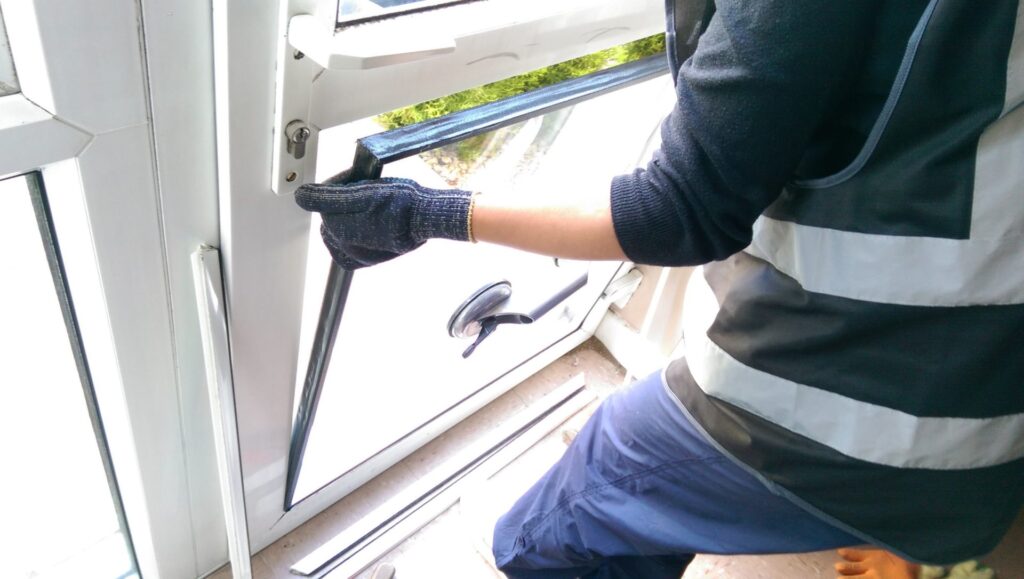10 Quick Tips About Window Scratch Removal
Window Scratch Removal: Effective Techniques for a Clear View
Window scratches can be a significant problem for property owners and lorry owners alike. They can block views, impact aesthetics, and even handle the inbound light. While deep scratches might need professional intervention, lots of minor scratches can be eliminated through numerous DIY methods. This post will provide a comprehensive summary of efficient techniques for window scratch removal, the essential products, and often asked concerns to assist readers in achieving a clear and scratch-free surface.
Comprehending Window Scratches
Scratches on windows can emerge from numerous sources, including:

- Accidental contact with difficult items like keys or metal tools.
- Environmental aspects such as debris blown by wind or tree branches throughout storms.
- Incorrect cleaning techniques using abrasive cloths or strong chemicals.
Various kinds of window materials, such as glass, plexiglass, or acrylic, might have differing susceptibilities to scratches. Thus, it’s vital to determine the window type before selecting a removal technique.
Strategies for Removing Window Scratches
The following table lays out numerous techniques for removing scratches from windows, along with the involved materials and methods.
| Technique | Products Needed | Actions |
|---|---|---|
| 1. Baking Soda Paste | Baking soda, water, soft fabric | 1. Mix baking soda with water to form a paste. 2. Apply to the scratched area using a soft fabric. 3. Rub carefully in a circular motion for a couple of minutes. 4. Rinse with water and dry with another cloth. |
| 2. Toothpaste | Non-gel toothpaste, soft fabric | 1. Use a percentage of tooth paste straight on the scratch. 2. Gently rub in a circular motion with a cloth. 3. Clean away excess with a wet cloth. 4. Dry totally. |
| 3. Glass Polishing Compound | Glass polish, soft fabric | 1. Use a small quantity of glass polish to a tidy cloth. 2. Rub it into the scratch utilizing circular motions. 3. Buff the location till clear. 4. Tidy the surface area with a damp fabric. |
| 4. Cerium Oxide | Cerium oxide powder, water, soft fabric | 1. Mix cerium oxide powder with water to form a paste. 2. Apply to the scratch utilizing a felt applicator or soft cloth. 3. Rub in a circular movement for several minutes. 4. Wipe the location with a wet cloth to eliminate residue. |
| 5. Fine Sandpaper | 2000-grit sandpaper, water | 1. Moisten the sandpaper and window. 2. Lightly rub the scratch in a straight line. 3. Rinse and dry the location thoroughly. 4. Apply glass polish to restore clarity. |
Essential Tips
- Constantly evaluate any method on a little, inconspicuous area of the window initially to guarantee it does not cause additional damage.
- When using abrasives like sandpaper, it’s a good idea to be careful and use minimal pressure to avoid producing more scratches.
Preventive Measures for Future Scratches
To alleviate the risk of future scratches, think about the following preventive steps:
- Use Soft Cleaning Materials: Opt for microfiber cloths or soft sponges when cleaning to avoid scratching.
- Avoid Abrasive Cleaners: Steer clear of severe chemicals and gritty cleaners that can etch glass surface areas.
- Execute Protective Films: Consider setting up protective films on windows, especially in vehicles, to protect against minor dings and scratches.
- Keep Windows Free of Debris: Regularly tidy the outside and inside surfaces to prevent dirt buildup that can scratch throughout cleaning.
- Be Mindful During Repairs: When working around windows, be extra cautious with tools and materials that could accidentally call the glass.
Frequently Asked Questions (FAQs)
1. Can all window scratches be removed?
Not all scratches can be effectively eliminated. Deep cracks or chips frequently require professional repair or replacement. Minor surface area scratches, however, can frequently be dealt with using the techniques mentioned above.
2. Is it safe to use sandpaper on glass windows?
Using sandpaper can risk more scratching if done incorrectly. If you choose to use this technique, choose very great sandpaper (2000-grit) and use minimal pressure. This strategy often works as a last option; thus, caution is suggested.
3. How do I understand what kind of window I have?
Normally, glass windows are transparent and cold to the touch. Acrylic or plexiglass windows are usually lighter, more flexible, and might have a somewhat plastic texture. Think about carrying out a scratch test in an unnoticeable location; glass will chip while acrylic will scuff.

4. Will professional services ensure scratch removal?
Professional Glass Repair (Git.krialme.com) services often have actually specialized tools and substances for scratch removal. While many scratches can be eased, total restoration might not always be possible, particularly with deep abrasions.
5. How often should I clean up windows to avoid scratches?
Regular cleaning is recommended, but it ought to be performed with care. Cleaning up window surfaces about once a month with the appropriate products and approaches can help preserve their clearness and prevent the accumulation of dirt that results in scratches.
Window scratches can decrease the beauty and performance of glass surface areas. Nevertheless, understanding efficient removal methods and taking preventive steps can significantly improve a window’s longevity and appearance. By utilizing simple family products or specialized products, homeowners and vehicle owners can often restore clarity and ensure a continued clear view. With the best understanding and tools, maintaining scratch-free windows is possible.


